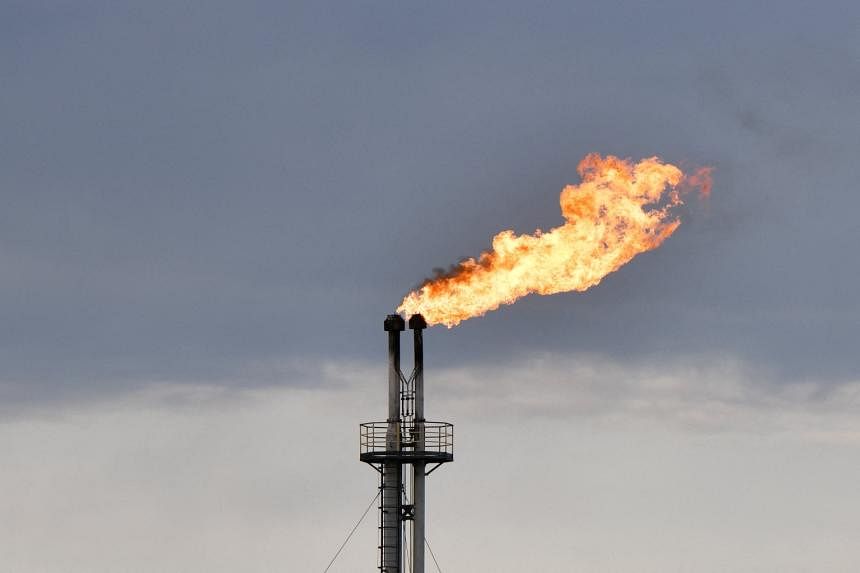WASHINGTON - Countries working to impose a price cap on Russian oil will meet over the next several weeks to determine the specific price ceilings for the country's crude oil and refined products, according to a senior US Treasury official.
The official, briefing reporters this week on condition of anonymity, declined to speculate on specific levels, but stressed that finding agreement on those price levels was the next important step.
Partners in the plan include the US, European Union and other governments in the Group of Seven (G-7) countries such as Japan.
The discussions come at a challenging time for oil markets. Members of the Opec+ group, which includes Russia, decided earlier this month to lower their collective output by 2 million barrels a day, driving prices higher.
Treasury officials have earlier said the price level for crude needed to be above Russia's average cost of production - which government budget figures put at about US$44 a barrel - in order to encourage continued output. Brent crude, the global benchmark, was trading around US$92 a barrel on Wednesday.
A separate person familiar with G-7 talks said meetings of a price-setting body would start in the second half of October with government officials from participating countries.
The group would first aim to set a ceiling for crude, and then consider a cap on products, the person said.
EU restrictions on Russian sales later this year are expected to further tighten supplies, a situation the price cap plan is designed to alleviate.
The EU has banned imports of Russian oil and will also prohibit its companies from providing financing and insurance services for seaborne cargoes of Russian petroleum, starting Dec 5 for crude and Feb 5 for refined products.
The EU will also ban its companies from providing shipping services for Russian oil, contingent on the G-7 implementing the price-cap plan. The cap regime would allow buyers of Russian oil to access European services, but only if their purchase price falls below caps set by the US and its allies.
The Treasury official said the price setting will have two objectives. The first is to keep Russian supplies flowing onto the global market to avoid lifting the global price of oil.
That suggests officials will want to set the price high enough to draw Russia into using the cap regime to make some exports. That aim will have to be balanced with the second goal of limiting Russia's revenues.
While big buyers remain outside the price-cap group - namely China and India - the prohibitions could make it difficult for Russia to continue exporting at its current volumes.
Russian President Vladimir Putin has rejected the idea and said his country won't sell oil to those who join the plan. BLOOMBERG

